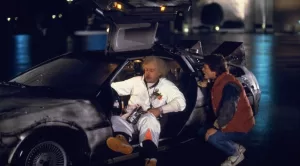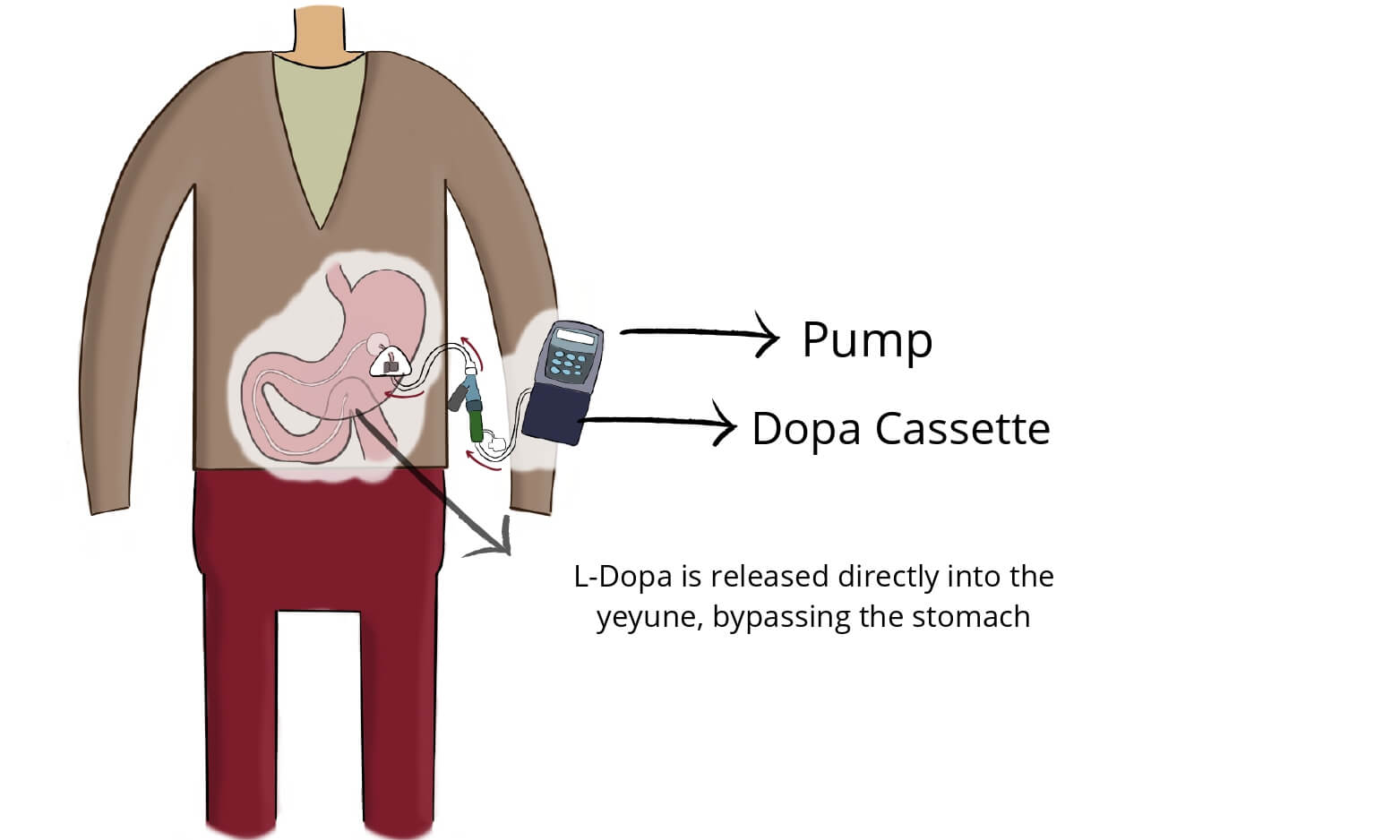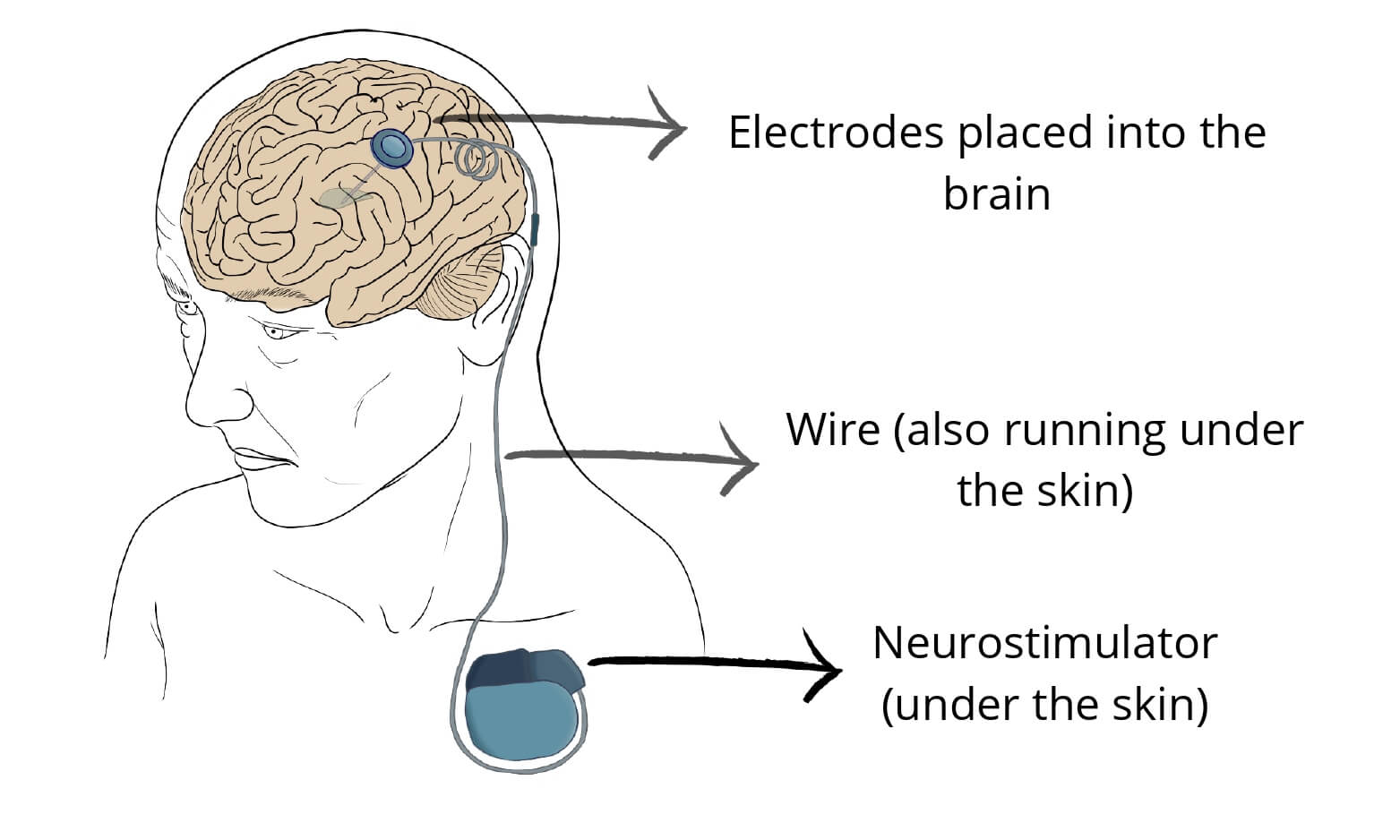In 1991, Michael J. Fox was diagnosed with a variant of Parkinson’s disease, YOPD, a degenerative disorder that affects the nervous system. He was only 29 at the time. What’s this variant about?
How it started
He initially had minor symptoms, like a twitching in his pinky finger. At that time, however, he didn’t think it was a big deal, “probably just stress“.
Then, his symptoms continued to worsen. He got tremors in his hand and other symptoms that affected his ability to work as an actor.

In 1998, Fox announced he had Parkinson’s and he retired from TV, to focus on his health.
He then started a foundation for Parkinson’s Research and raised millions of dollars.
Why do some people get Parkinson so young? Isn’t it an old people condition?
Parkinson’s younger brother: YOPD
Fox’s disease is called “Young Onset Parkinson’s Disease” or YOPD. It’s similar to Parkinson but it affects people under 50 years old.
It can cause tremors, just like regular Parkinson.
However, even though most of us associate Parkinson with tremors, there are other important symptoms. Sometimes, they are even more upsetting for patients than tremors.
For example, slow movements (bradykinesia is the medical term) are very typical: patients seem to be moving on “slow motion”. They can’t go any faster and sometimes they feel like they get stuck to the floor, unable to lift their feet.
Stiffness and impaired balance are common, too.
It can also cause mental symptoms such as depression, anxiety, and cognitive decline.
How is YOPD different from Parkinson’s disease?
They are two variations of the same disease. Of course, the main difference is the age when they start. YOPD starts before 50, sometimes as soon as your 20’s. Classical Parkinson starts after 60-70.
Also, Parkinson in young people tends to progress more slowly, but it also may be more aggressive in some cases. It’s sometimes worse for your cognitive skills.
Young onset Parkinson can cause involuntary muscle contractions, like ticks and abnormal postures.
Finally, it can cause sleep disorders, such as REM disorder. Patients with REM disorder act out their dreams, punching, kicking and yelling while they are sleeping.
How do you treat it?
The first step are drugs, and there are several for Parkinson.
Here there are some differences with “regular Parkinson”. For elder patients, the most common drug is levodopa. However, we don’t use it from the start in young individuals.
The thing is, after a long time using levodopa, its effect will start to wear off. Also, it can cause some abnormal movements.
Because these patients are so young, we expect them to use their treatment for a long time. That’s why, for them, we prefer to postpone using levodopa.
Instead, we prefer MAO-B inhibitors and dopamine agonists. If they are not enough, we will add levodopa.
And what if that’s not enough?
There are some alternatives for later stages, when regular drugs are not enough. Let’s talk about intestinal gel infusion and deep brain stimulation.
· Intestinal gel infusion
It’s a pump that’s attached to the skin on your belly. It delivers some medication into your small intestine so that you don’t have to worry about taking the pills.
The main advantage is that your blood levels will be more stable because the pump releases the exact amount of drug you need.
That way, patients control their symptoms better.

· Deep brain stimulation (DBS)
It’s for patients who can’t control their symptoms using drugs. For example, we can use it with patients who have been using levodopa for a long time so that it doesn’t have an effect any more.
DBS consists of some tiny wires that are inserted inside your brain. They are connected to a electronic device that sends electrical pulses to your brain.
These signals go to an area responsible for Parkinson’s symptoms, and block those symptoms.

In conclusion
Living with Parkinson can be challenging, especially if you are young. But you can maintain a good quality of life with the right support and strategies.
Make sure you work on a strong support network of family, friends and health professionals. Also, try to keep a healthy lifestyle doing regular exercise and eating a balanced diet, and avoid unnecessary stress when possible.
Leave a Reply